Afghanica
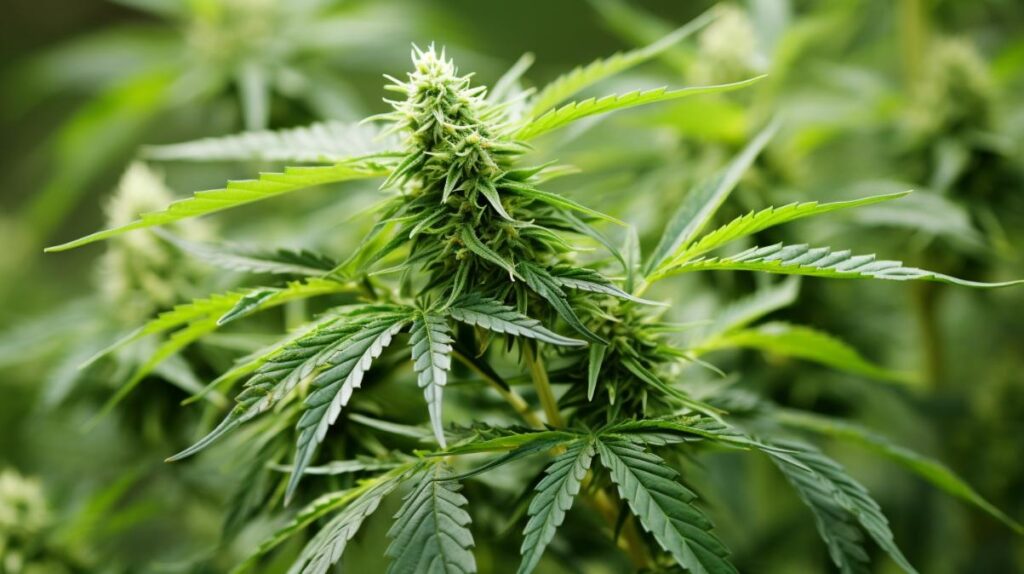
The Afghanica weed strain, often lauded for its robust genetic lineage and the resultant potent effects, is a topic of considerable interest within the cannabis community.
As a pure Indica landrace, its origins can be traced back to the mountainous regions of Afghanistan, where it has been cultivated and refined over centuries.
Renowned for its high THC concentration, typically around the 20% mark, Afghanica is frequently sought after for its therapeutic potential in pain relief, stress reduction, and as an aid in combating insomnia.
The strain’s aromatic profile, characterized by an earthy musk interspersed with notes of pine and citrus, speaks to a complex terpene composition that may underlie its wide-ranging effects.
While enthusiasts and cultivators alike praise its high yield and resilience against common plant ailments, the full scope of Afghanica’s properties and applications remains a subject of ongoing exploration.
As the conversation unfolds, the nuances of this strain’s contribution to both the medical and recreational spheres invite a closer look at its multifaceted nature.
Genetic Lineage
The genetic lineage of Afghanica, a hybrid strain engineered by Flying Dutchmen, is a robust amalgamation of Skunk #1 and Afghani #1. Each of these parent strains contributes distinct traits that enhance Afghanica’s aromatic profile and growth characteristics.
This meticulously crafted hybrid strain embodies the quintessential properties of its parentage, resulting in a phenotype that expresses a harmonious blend of both indica and sativa attributes. Skunk #1 imparts a resilient vitality to Afghanica, equipping it with a sturdy structure that supports its heavy, resinous buds. On the other hand, the Afghani heritage endows the strain with an exotic, euphoric sensation that is further characterized by a rich tapestry of citrus, musk, and woodsy pine aromas.
Afghanica’s genetic composition is also marked by a moderately low nutrient requirement, indicative of its Afghani #1 influence. This makes it an accessible option for cultivators with varying levels of expertise. The strain’s propensity to yield dense clusters of trichome-laden flowers exudes a bitter, sharp, and turbulent smell with an underlying hint of sweetness. This is a testament to the complex aromatic synergy inherited from its genetic lineage.
This hybrid is adept at thriving in a range of environmental conditions, with a versatility that accommodates both indoor and outdoor cultivation. The recommendation of hydroponics as a cultivation method underscores its adaptability and potential for optimal growth.
History and Origin
Building upon its rich genetic heritage, Afghanica’s emergence as a distinctive strain by Flying Dutchmen finds its roots in the intermingling of the robust Afghani varieties with the adaptable Skunks, although the precise chronology of its development remains shrouded in the annals of cannabis cultivation history.
The creation of Afghanica, a cross-breed of Skunk #1 and Afghani #1, represents the breeders’ pursuit of a hybrid that embodies the stability and potency of its parent strains.
The history and origin of Afghanica are marked by a milestone in cannabis breeding, where the focus was on achieving a balance of the desirable traits from the Afghani indicas—known for their resilience and potent resin production—with the growth vigor and sensory profile of Skunks. This indica-dominant hybrid, with a THC level averaging around 20%, underscores a successful amalgamation tailored for evening use due to its relaxing and sedative effects.
Analyzing the sensory attributes of Afghanica, its skunky aroma infused with pine, citrus, and musk adds a complex bouquet, enhancing the historic appeal of this strain.
Despite the lack of documentation on its exact date of first production, Afghanica’s enduring popularity attests to its well-established position in the cannabis community, where it is celebrated for inducing profound relaxation, happiness, and sleepiness among connoisseurs and patients alike.
THC/CBD Content
Afghanica’s cannabinoid profile is highlighted by a THC concentration of 20%, complemented by a CBD content of 1%, positioning it within the indica-dominant hybrid category renowned for its moderate psychoactive potency and minimal CBD presence. This particular balance is conducive to consumers who seek the therapeutic benefits of THC without an overwhelming psychoactive experience.
Comparatively, Afghanica’s THC level aligns closely with the Wikileaf average of 18% for most cannabis strains. It signifies a consistent potency that is generally expected by recreational users and patients alike. However, it’s worth noting the recorded range for Afghanica can peak at a formidable 35% THC, indicating potential variance among crops.
The analytical approach to understanding Afghanica’s cannabinoid content is not just about the numbers; it’s about the implications for pain relief and the overall experience. With a THC content that’s adept at providing pain relief, the strain offers a substantial therapeutic potential. The low CBD level, while not a standout feature, does contribute to the entourage effect, potentially enhancing the pain-relieving properties of THC without detracting from its efficacy.
Key Points:
- THC content of 20% for moderate psychoactive effects and efficient pain relief.
- Minimal CBD content enhances the entourage effect without compromising THC’s benefits.
Terpene Profile
Moving beyond its cannabinoid composition, the Afghanica strain boasts a terpene profile rich in myrcene, caryophyllene, and limonene, each contributing distinct aromatic nuances and therapeutic properties. The dominance of myrcene in the terpene profile is particularly noteworthy; this primary terpene is renowned for its ability to promote relaxation and provide sedative effects. As a result, myrcene is largely responsible for Afghanica’s sleep-inducing and calming characteristics, which are highly sought after by individuals seeking relief from insomnia or anxiety.
The terpene profile’s caryophyllene content is also significant, as this terpene is known for its potential to alleviate pain and reduce stress. Its presence within Afghanica’s terpene spectrum may be a contributing factor to the strain’s analgesic and anxiolytic effects. Caryophyllene’s interaction with the endocannabinoid system, specifically its ability to bind to CB2 receptors, underscores its role in modulating physiological responses to pain and stress.
Limonene, with its unmistakable citrusy scent, rounds out the terpene profile and is associated with mood elevation and euphoria. Its inclusion in Afghanica’s profile suggests a potential for creating an uplifting experience for the user, complementing the strain’s overall therapeutic effect. Understanding the intricacies of Afghanica’s terpene profile aids consumers in selecting strains with similar effects and aromas, ensuring a more tailored and effective cannabis experience.
Effects
The effects of the Afghanica strain are predominantly sedative, with users frequently reporting a profound sense of relaxation and a decrease in stress levels upon consumption. This particular cannabis variety, hailing from a lineage known for its potent indica properties, is crafted to target the nuisances of stress and anxiety, providing a therapeutic respite for the mind and body. Its efficacy in calming the nervous system is not just anecdotal but also supported by the presence of specific terpenes and cannabinoids that synergize to enhance its tranquilizing attributes.
-
Primary Effects:
-
Deep Relaxation: The heavy indica influence facilitates muscle unwinding and mental de-stressing.
-
Stress Reduction: A notable alleviation of stress and anxiety symptoms, making it suitable for evening use.
-
Secondary Effects:
-
Sleep Aid: Users with insomnia may find Afghanica beneficial for inducing sleep.
-
Pain Relief: Chronic pain sufferers may experience symptomatic relief due to its analgesic properties.
A detail-oriented analysis reveals that Afghanica’s effects are not just limited to sedation. Its influence extends to therapeutic realms, offering a multi-faceted approach to relaxation and well-being. Consumers should be aware of its potential to induce couch-lock and drowsiness, making it less ideal for daytime activities where alertness is required.
Medical Uses
Harnessing its potent indica heritage, the Afghanica strain offers a variety of medical applications, most notably in the realms of pain relief, stress and anxiety management, sleep induction, nausea reduction, and appetite stimulation. Patients grappling with chronic pain, especially those with arthritic conditions, may find solace in Afghanica’s powerful analgesic properties. Its ability to alleviate discomfort while mitigating the inflammatory responses associated with arthritis underscores its therapeutic potential.
Furthermore, the strain’s anxiolytic effects are pronounced, offering a reprieve to those burdened by stress and anxiety. By promoting tranquility and mental unwinding, Afghanica aids in the reduction of anxiety symptoms, fostering a soothing environment for emotional and psychological respite. This aspect of Afghanica’s profile is especially beneficial for patients seeking a natural alternative to traditional anxiolytics.
Insomnia sufferers may also benefit from the sedative qualities of this strain. Afghanica can facilitate the onset of sleep, enhancing the duration and quality of rest. This is crucial for maintaining overall health and wellness, as sleep plays a vital role in cognitive function and physical recovery.
Additionally, Afghanica may ameliorate nausea and stimulate appetite, offering a dual benefit for individuals facing gastrointestinal challenges or undergoing treatments that suppress hunger. Its efficacy in these areas can be particularly valuable for patients with eating disorders or those experiencing cachexia.
Flavor and Aroma
While Afghanica’s medical benefits are significant, its sensory profile is equally noteworthy, characterized by a complex bouquet of aromas and a rich flavor palate that appeals to connoisseurs and casual users alike. During Afghanica’s flowering time, the plant’s olfactory attributes mature, leading to a fragrant symphony that is both potent and nuanced.
-
Aroma Profile:
-
Petrol-like Odor: A sharp, fuel-like scent is released upon agitating the leaves.
-
Bitter and Sweet: The sharp, turbulent aroma carries an undercurrent of sweetness.
-
Skunky and Complex: Mature plants exude notes of skunk, complemented by pine, citrus, hash, and musk.
-
Flavor Palette:
-
Herbal Tea Nuances: On the palate, it resembles an aromatic herbal tea.
-
Spicy Aftertaste: A spicy kick lingers after consumption.
-
Woody and Herbal Notes: The flavor is grounded by an earthy base with herbal highlights.
The dense, oily buds are indicative of Afghanica’s robust resin production, which concentrates the strain’s flavor and aroma profiles. This intensity is a clear indicator of the plant’s rich terpene content, which not only contributes to its sensory experience but also to its therapeutic potential. The depth of Afghanica’s flavor and aroma is a testament to its careful cultivation, especially considering the timing and conditions of its flowering period.
Appearance
Striking in stature, Afghanica weed plants can reach heights of up to six feet, distinguished by their broad, dark green foliage and conspicuous white hair follicles. The robust structure of the plant, featuring short and stocky stems, underscores its indica heritage. This physical form allows for a dense canopy of foliage, which not only contributes to the plant’s visual appeal but also serves as an indicator of its robust health and vitality.
In cooler climates, the Afghanica’s appearance is further enhanced by a display of red and purple hues, adding to the visual allure of the strain. Its broad leaves, which are emblematic of its type, create a distinctive silhouette that is reminiscent of a man-sized pine tree. The buds, known for their density and oiliness, manifest the strain’s potency and are a testament to its rich resin production.
The following table summarizes key aspects of Afghanica’s appearance:
| Feature | Description |
|---|---|
| Foliage and Stature | Broad leaves, up to six feet tall, short and stocky stems |
| Color Variation | Dark green with potential red/purple in cool conditions |
| Buds and Aroma | Dense, oily buds with a petrol-like odor and a complex aroma profile |
Afghanica’s visual characteristics are not just aesthetically pleasing but also reflect the strain’s genetic resilience and potential for high-quality yield.
Grow Information
Reflecting its visual appeal and genetic resilience, the Afghanica weed strain also presents growers with straightforward cultivation requirements and robust growth characteristics. This strain grows with remarkable vigor, demonstrating a hardiness that makes it suitable for novice cultivators yet rewarding enough for experienced growers to appreciate its bountiful yields.
-
Cultivation Parameters:
-
Indoor/Outdoor: Adapts well to both environments.
-
Flowering Time: Short span of 7-9 weeks.
-
Yield: Approximately 21 ounces per square meter.
-
Climate Versatility: Performs well in diverse temperature ranges.
-
Warm Climates: Thrives with abundant sunlight.
-
Cool Climates: Resistant to temperature fluctuations.
-
Growth Techniques:
-
Hydroponics: Recommended for enhanced growth rate and yield.
-
Nutrient Uptake: More efficient in a water-based system.
-
Control: Allows for precise management of nutrients and pH levels.
-
Disease Resistance: Offers inherent protection against common cannabis ailments.
-
Mold Resistance: Reduces the risk of crop loss.
-
Pest Resilience: Less need for chemical treatments.
The strain’s ability to yield copious amounts under optimal conditions is a testament to its genetic makeup, which is evidently engineered for productivity and resilience. Its adaptability to various growing setups alongside its intrinsic resistance to mold and diseases makes Afghanica a versatile choice for growers looking to balance ease of cultivation with abundant harvests.
Adverse Effects
Despite its numerous benefits for both cultivators and users, the Afghanica weed strain is not without its potential adverse effects. These adverse effects merit careful consideration by both recreational and medicinal users.
Dizziness, a common adverse effect, can interfere with one’s balance and spatial orientation, making tasks that require coordination challenging. This is particularly true for novice users or those with low tolerance levels.
Dry mouth, also known as cottonmouth, is another frequent consequence of Afghanica’s consumption, prompting users to stay hydrated.
Anxiety and paranoia are psychological adverse effects that can be exacerbated in individuals predisposed to such conditions. These effects are often dose-dependent, with higher consumption leading to a more pronounced psychological response. Responsible dosing and awareness of one’s own sensitivity to THC can help mitigate these risks.
Temporary memory impairment, while generally short-lived, is a notable concern for users engaged in activities that demand cognitive acuity. This underscores the importance of timing one’s use of Afghanica to avoid complications in tasks that require memory precision.
Comparisons with Similar Strains
The Afghanica weed strain, with its lineage rooted in the renowned Afghani #1 and Skunk #1, exhibits a comparable impact on relaxation and pain relief relative to its parent strains. As a hybrid, Afghanica merges the best qualities of both indica and sativa, resulting in a strain that stands its ground in the pantheon of potent cannabis varieties. Its distinct aroma profile, combining pine, musk, and citrus, sets it apart from other indica-dominant hybrids.
- Impact and Aroma Comparison:
- Afghani #1: Known for its deep sedative effects, Afghanica maintains this characteristic while introducing more nuanced terpene profiles.
- Skunk #1: While Skunk #1 is famous for its pungent aroma, Afghanica offers a more complex scent with equally relaxing outcomes.
Afghanica’s THC concentration hovers around the 20% mark, positioning it well within the high-potency category when measured against other high-THC strains. This level of potency ensures a robust experience, particularly for seasoned users seeking profound relaxation and sleep-inducing effects.
- Cultivation and Yield:
- Growth Characteristics: This strain’s adaptability to both indoor and outdoor environments mirrors that of its hardy ancestors, with a resistance to common plant ailments.
- Yield: Afghanica’s yield is impressive, with a healthy production per square meter, rivaling other high-performing strains in terms of both quantity and quality.
Research and Studies
Building upon its noted effects and cultivation characteristics, a deeper examination of research and studies reveals that the Afghanica strain is not only effective in treating various medical conditions but also possesses traits that benefit growers and users alike.
Research and studies have consistently highlighted the medicinal benefits of the Afghanica strain, particularly in alleviating nausea, mitigating stomach discomfort, and reducing symptoms of stress and anxiety. Additionally, the strain’s analgesic properties have been acknowledged by users, especially for conditions like arthritis pain, and its potential to improve sleep patterns for those battling insomnia.
With a substantial THC content averaging around 20%, Afghanica is recognized for its potent effects that foster relaxation and a sense of happiness, making it a favorite for those seeking a natural way to manage their well-being.
From a cultivation perspective, Afghanica is a pure Indica landrace that has garnered attention for its high yields and suitability for various growing environments. Its relatively short flowering time of 7-9 weeks, coupled with its resistance to mold and diseases, underscores the strain’s appeal to both novice and skilled cultivators.
These attributes, underscored by empirical evidence, bolster Afghanica’s reputation not just as a therapeutic option but also as a resilient and rewarding plant to grow.
Frequently Asked Questions
What Is Afghanica Weed Species?
Afghanica weed species pertains to a cannabis strain distinguished by its specific characteristics, including a high THC content and a unique terpene profile that yields musky, pine, and citrus aromas with sedative effects.
Is Afghani a Sativa or Indica?
Afghani is classified as an indica, with genetic roots tracing back to the original landrace strains. Its indica lineage is responsible for its characteristic sedative effects and suitability for pain and stress relief.
What Is the History of Afghani Strain?
The Afghani strain originates from the Middle East, specifically the mountainous regions of Afghanistan, where its pure Indica lineage has been cultivated and perfected over centuries for its robust, resinous characteristics.
How Much Does Afghani Strain Yield?
The yield of a cannabis strain is contingent upon various factors, including cultivation practices, environmental conditions, and genetics. Optimal nutrient management and growth conditions are critical for maximizing the strain’s productivity and yield potential.

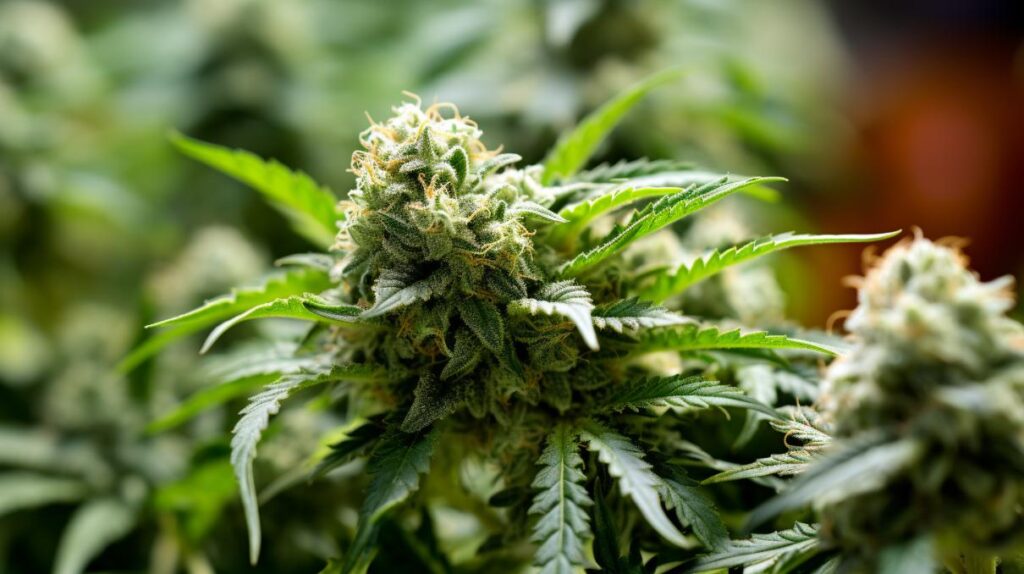
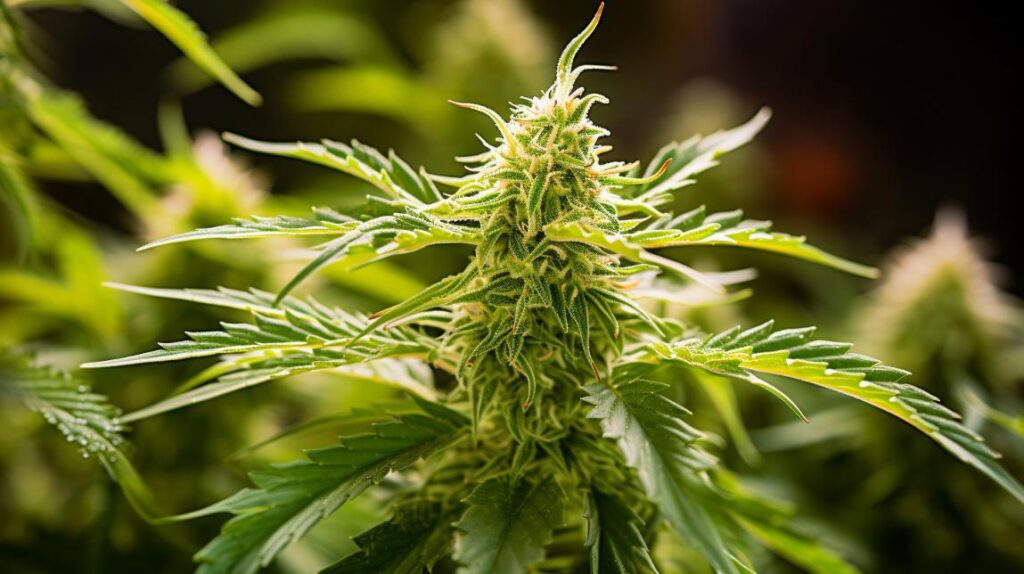
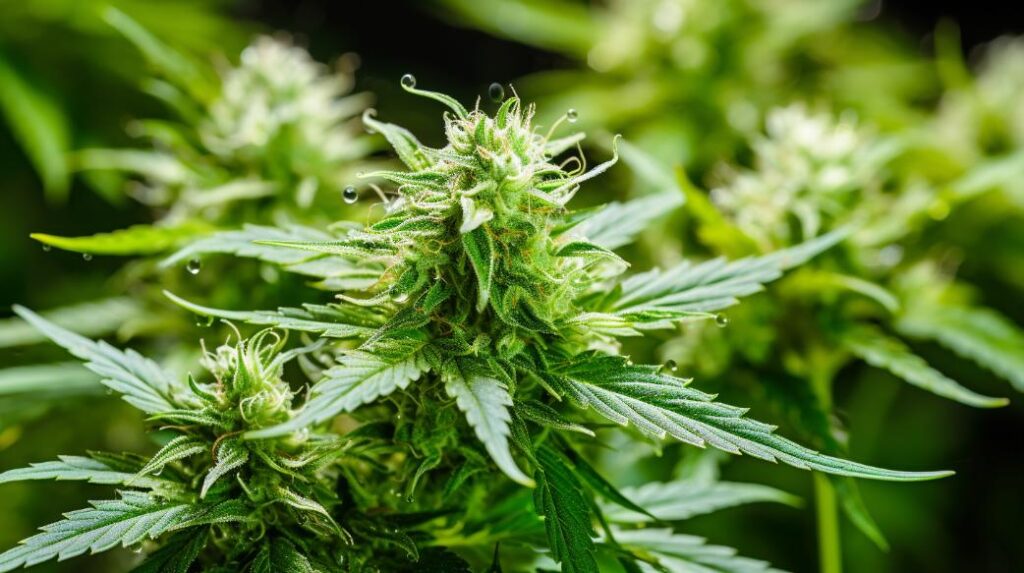
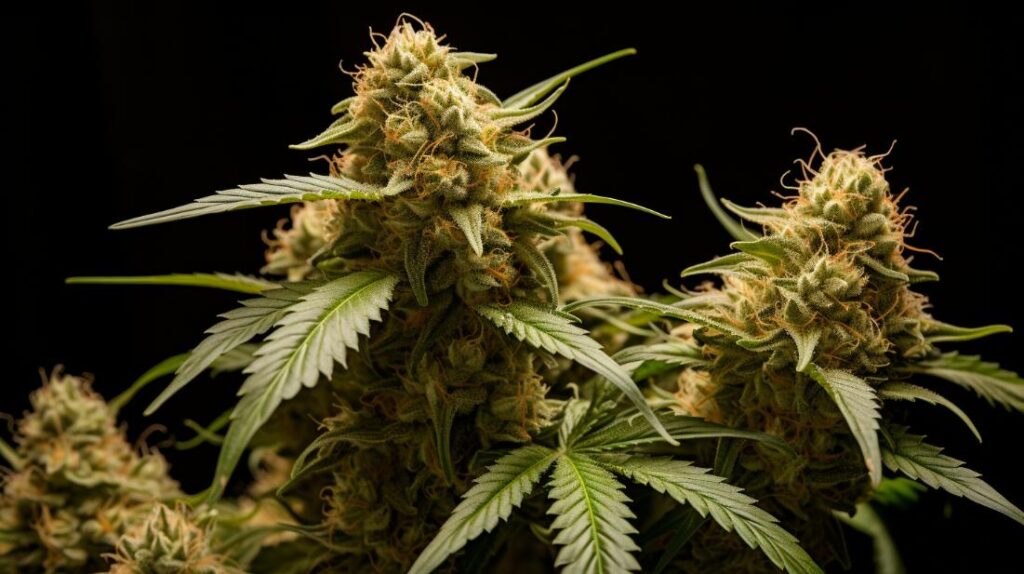
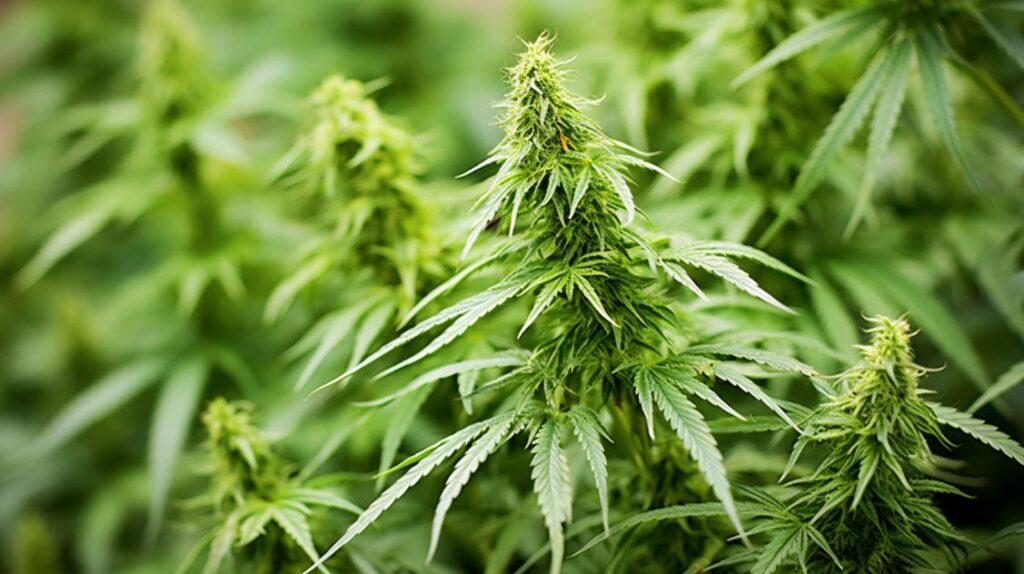

Responses